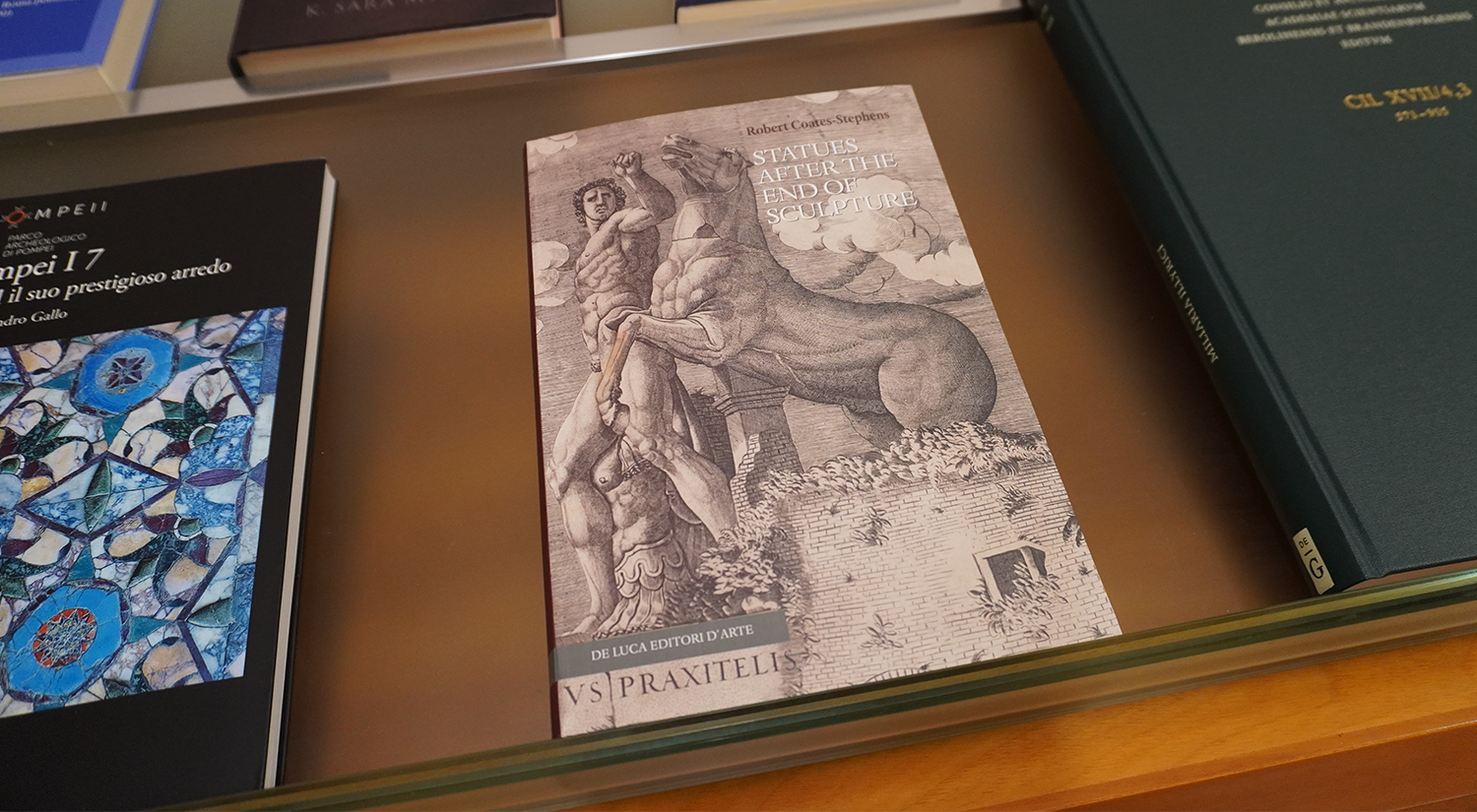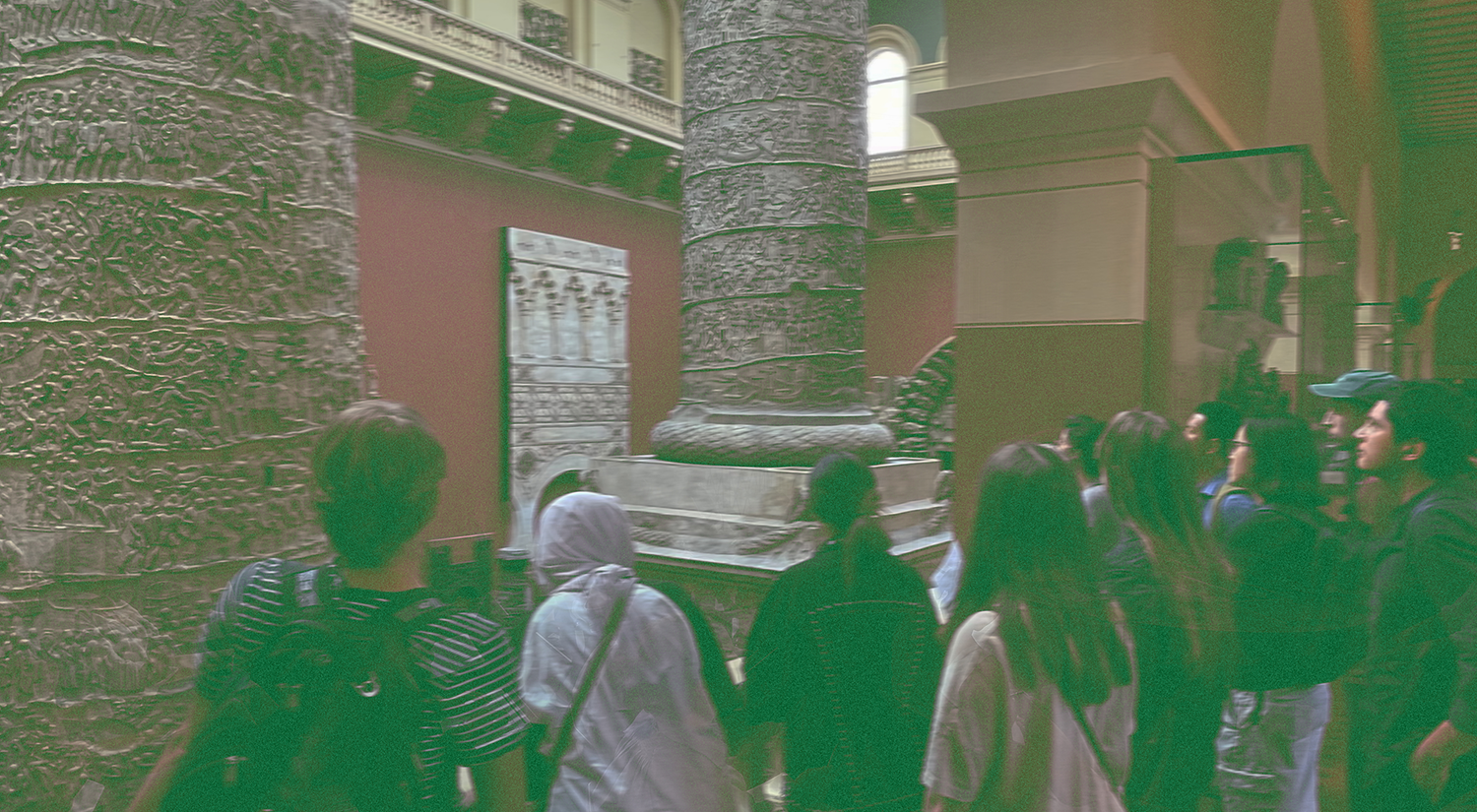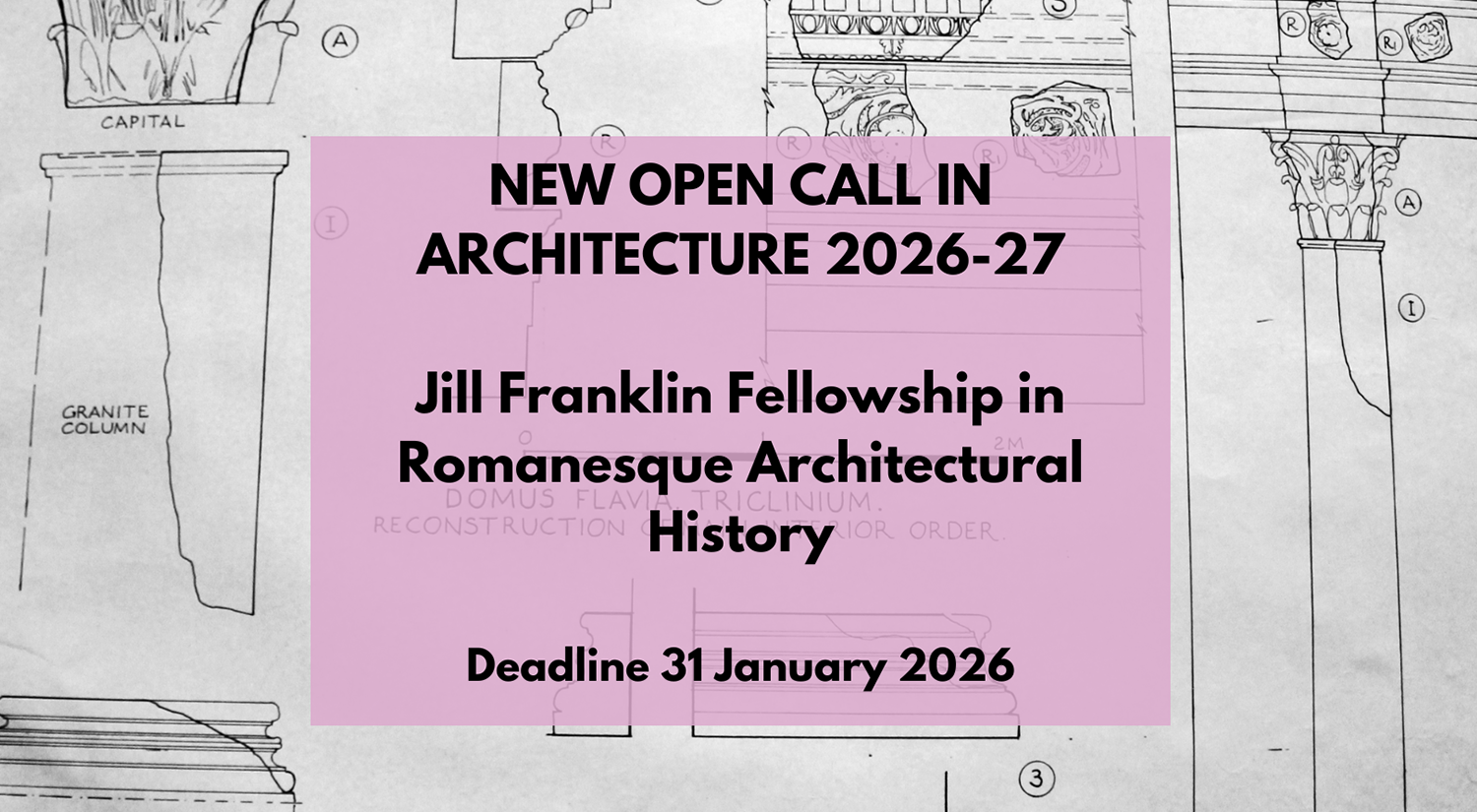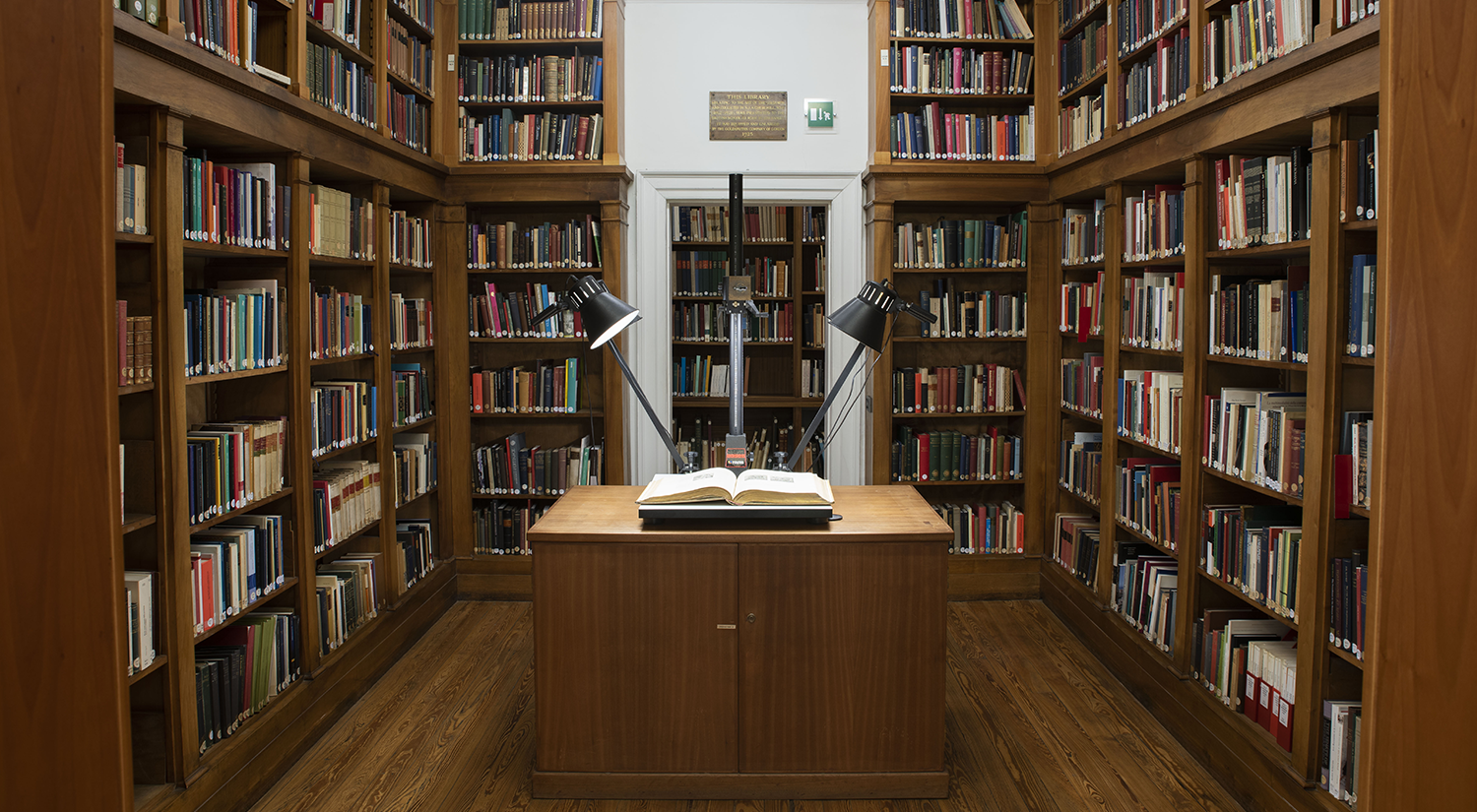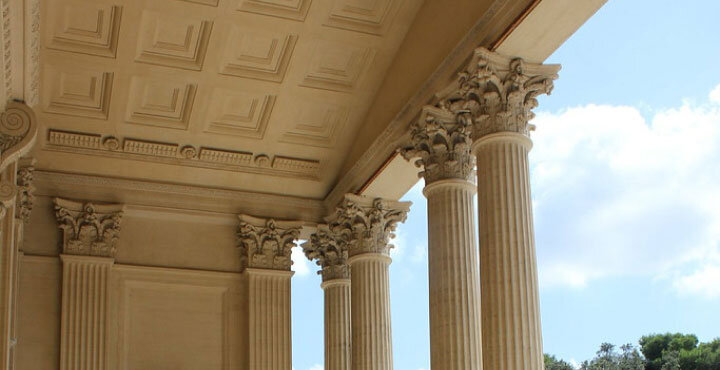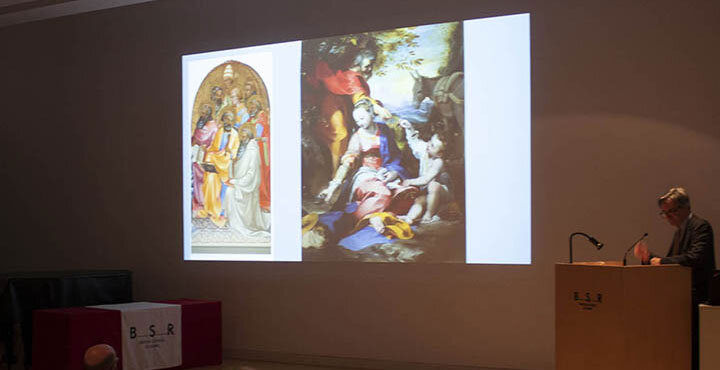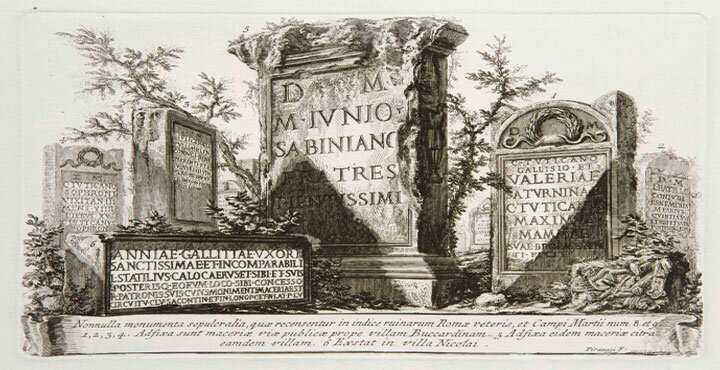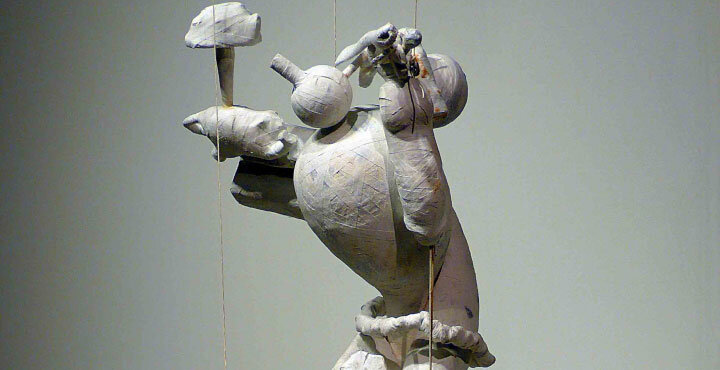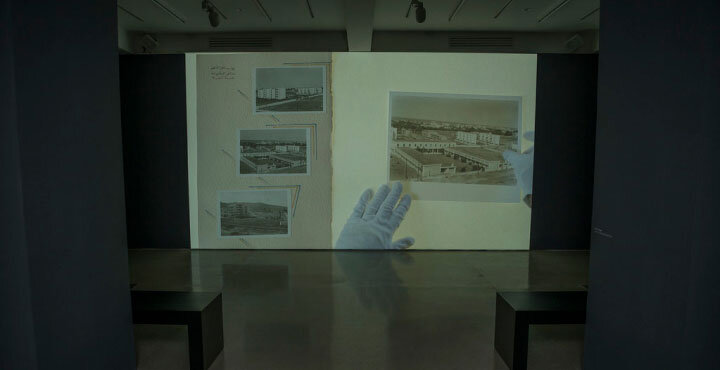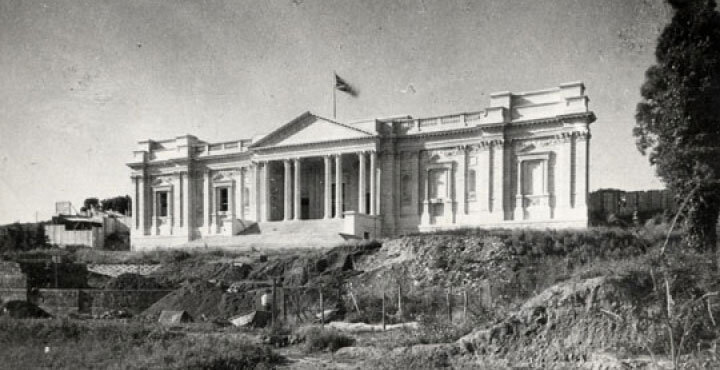The BSR is proud to announce the publication of a new book by Robert Coates-Stephens, Statues After the End of Sculpture, published by De Luca Editori.
Between AD 500 and 1100, no three-dimensional sculpture was produced in the lands of the former Roman Empire. Rome, the city with the richest collection of ancient statuary, saw no desire among its inhabitants to create new sculpture during the Early Middle Ages. Yet Romans continued to live alongside a populus copiosissimus statuarum, greges etiam abundantissimi equorum — a population of statues and herds of horses, said by Cassiodorus to rival the abundance of nature itself.
This book explores the alternative “population” of bronze and stone in a period when the craft of sculpture had all but disappeared. It quantifies the statues that survived, and examines the contexts in which they were redisplayed, reused, or disappeared. At its heart lies the question of how ancient art shaped the medieval imagination: faced daily with relics of a lost civilization, medieval Romans responded in turn with awe, confusion, admiration, indifference, and fear.
Robert Coates-Stephens is Cary Research Fellow at the British School at Rome, where he directed undergraduate and postgraduate teaching in the archaeology of the ancient city from 2002 to 2024. He has published extensively on ancient and medieval Rome, as well as the art, archaeology, and urbanism of Italy and the wider Byzantine world. His previous books include Porta Maggiore. Monument and Landscape (L’Erma di Bretschneider, 2004), and, with Lavinia Cozza, Scritti in onore di Lucos Cozza (Quasar, 2014).
The book is available here: https://www.delucaeditori.com/prodotto/statues-after-the-end-of-sculpture/

